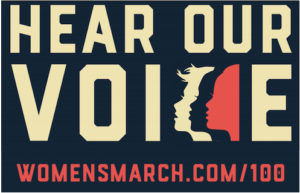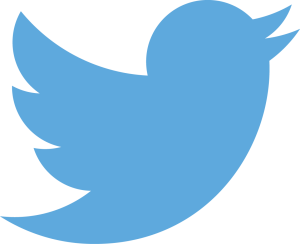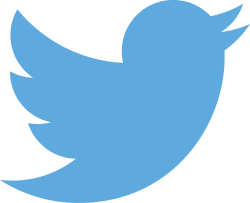 No matter your role at a nonprofit or other mission-based organization – marketing, management of volunteers, directing a program, accounting, human resources (paid staff) management – you must have a solid understanding of certain digital skills, skills that go beyond how to use database software, to be able to do that job well.
No matter your role at a nonprofit or other mission-based organization – marketing, management of volunteers, directing a program, accounting, human resources (paid staff) management – you must have a solid understanding of certain digital skills, skills that go beyond how to use database software, to be able to do that job well.
Every job at a mission-based organization – nonprofit, NGO, charity, school, government agency, etc. – requires being able to efficiently process large amounts of information from a variety of resources, being able to respond to people quickly with accurate information, being able to work with a variety of different people via online tools, being up-to-date on developments that can affect that job and knowing about emerging innovative practices. Going to conferences and reading magazines and paper newsletters are great to build your knowledge, onsite classes are great to build your skills – but just going to such events and reading only print information isn’t enough anymore to continuously build your skills and knowledge. And conferences and onsite classes are often out-of-reach, financially, for many nonprofit workers.
The good news is that digital skills are easy to acquire, and are much more about being an effective communicator with humans than having a computer science degree or being a programmer.
At minimum, the modern nonprofit worker, regardless of his or her role – human resources management, program assistance, marketing, whatever – should:
- Respond to email quickly
- Manage email well, to the point that he or she can quickly find a particular email from a particular person from a particular time period
- Be able to communicate effectively via email, including in situations addressing conflict or talking with someone for whom English is not his or her first language
- Be a veteran of participating in online presentations and know what makes an effective online presentation
- Have taken and finished at least one online course that took longer than two hours to finish.
- Know how to work remotely, not just writing and responding via email, but participating in phone conferences and checking in regularly
- Be able to effectively facilitate a phone or online meeting
- Know how to use Twitter or Facebook or whatever comes next to connect with essential information for his or her job (experts in his or her field, legislation that could affect his or her work, etc.) – that doesn’t mean he or she needs to be a social media outreach expert, just that they know how to use social networking to NETWORK as a part of his or her job. And that means more than just posting information; it means knowing how to engage with others.
- Know how to look for social media keyword tags that might relate to his or her work in some way
- Know how to upload, or download, photos to Flickr, or a similar online platform
- Know how to reduce the size of a photo (so that it can be included in an email newsletter, attached to email, etc.)
- Know how to recognize misinformation online and be committed to being truthful online
- Not be afraid to try new technologies more than once
In addition, senior staff at any mission-based organization should know how to work with online volunteers and understand the basics of virtual volunteering; even if all your volunteers are “traditional”, you need to explore virtual volunteering.
Yes, it would be great if you understood Instagram and Snapchat and whatever else intensive, shiny social media tool comes down the lane, especially those that are used exclusively or primarily by phones and tablets – but unless you are a marketing director or manager of volunteers, those are just nice to know, but not absolutely necessary.
Put it into your official work plan to get up-to-speed on essential digital networking skills – practice will get you where you need to be!
Also see:
- Knowledge transfer – it’s more than a buzz phrase
- Online Leadership / Influencing Online
- what’s most important about software experience
- Benefitting from Internet Use Requires a Change in Mindset
- A plea to USA nonprofits for the next four years (& beyond)
- 13 things you do to annoy me on social media
- Daily, Mandatory, Minimal Tasks for Nonprofits on Facebook & Twitter
- Nonprofits & NGOs: you MUST give people a way to donate online
- The importance of Twitter lists
- The awesome power of tweet tags
- Why I won’t follow you on Twitter
- Measuring social media success? You’re probably doing it wrong.
- Evaluating Online Activities: Online Action Should Create & Support Offline Action
- How to handle online criticism of your organization.
- Snapchat’s Potential Power for Social Good – with REAL examples.
- Stages of Maturity in Nonprofit Orgs Using Online Services.
- How Not-for-Profit and Public Sector Agencies REALLY Use Online Technologies
- Could a Twitter exchange lead to change in a Kentucky nonprofit law?
- Police: use social media to invite community participation, show compassion
- How do international NGOs use Twitter?
- What nonprofit & government agencies “get” FaceBook?
- Addressing criticism, misinformation & hate speech online
- Basic Press Outreach for Mission-Based Organizations









